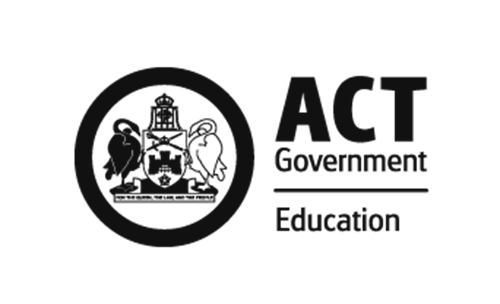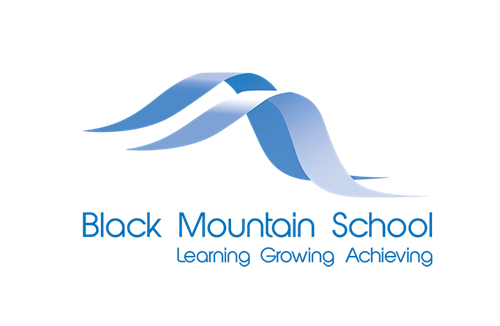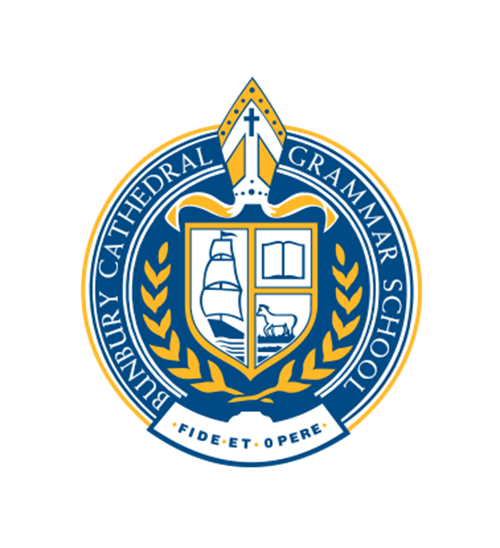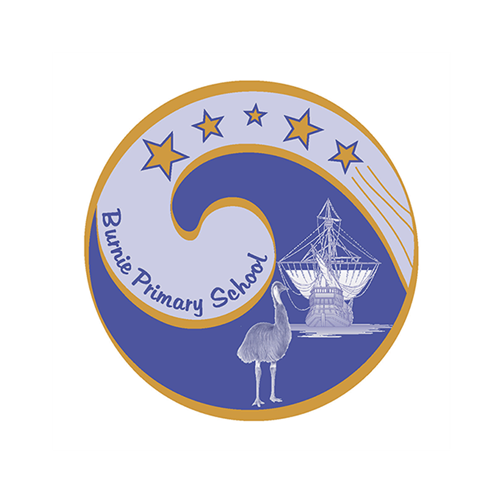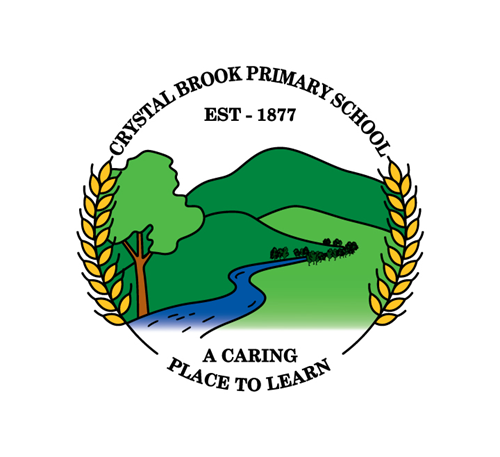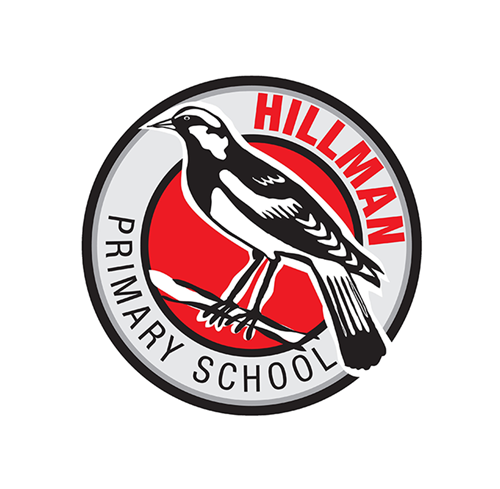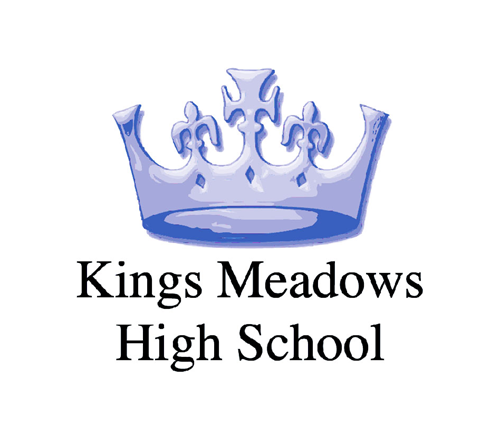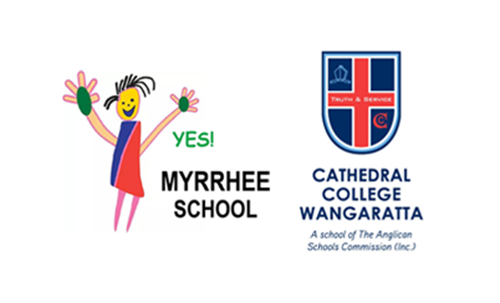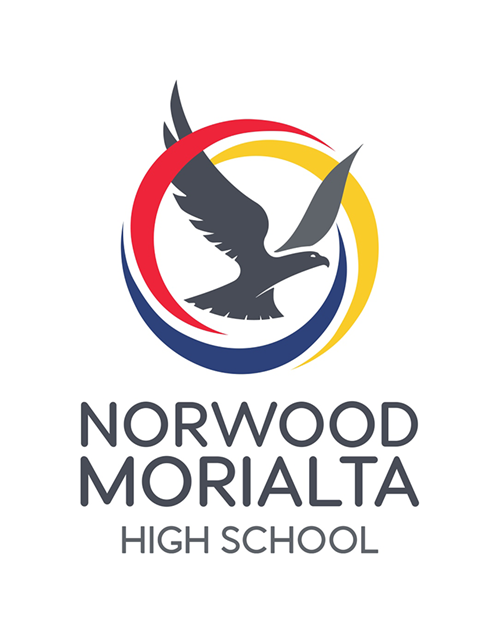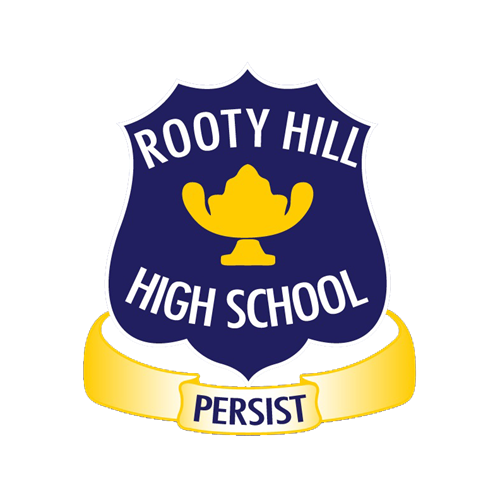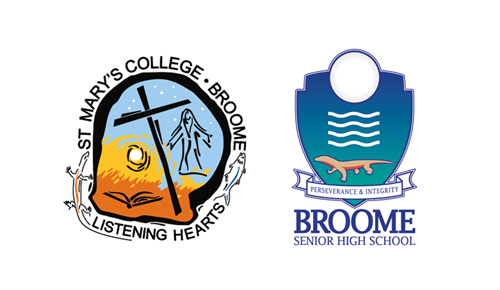Career education: skills for work and vocational pathways
The career education program at Redcliffe State High School supports students to gain the knowledge and skills needed to make informed decisions about their future study and work options.
All students in Year 10 complete a Certificate II Skills for Work and Vocational Pathways in three 70-minute lessons per week throughout the school year. The course raises student awareness about careers and related pathways and provides opportunities to participate in activities to develop a range of general capabilities and to engage with employers and the work force.
Key activities within the school’s career education program require students to participate in:
- career quizzes in myfuture and Job Outlook and analyse career options regarding university, TAFE and school-based apprenticeships and traineeships
- drafting workplace texts – compose emails, letters and business plans
- an entrepreneurship competition – produce a business pitch and business plan
- a school-based Job Readiness Day – create resumes, cover letters and engage in mock job interviews with local employers
- a project that aims to improve the overall sustainability of the school.
All teachers implementing the course are required to hold a Certificate IV in Training and Assessment. The school offers ongoing training and professional development for staff who deliver the course.
During the Certificate II course in Skills for Work and Vocational Pathways, Year 10 students are made aware of further career opportunities. A large number of students from Years 10 to 12 attend TAFE Trade Taster courses, TAFE at Schools, and school-based apprenticeships and traineeships.
Redcliffe High School career education incorporates the Australian Curriculum: Work Studies and explicitly develops the Personal and Social, Critical and Creative Thinking, ICT, Ethical Understanding, Literacy and Numeracy capabilities.
The year-long Certificate II in Skills for Work and Vocational Pathways course includes content to support the development of general capabilities in the Australian Curriculum. In addition, students work collaboratively in small teams to complete a school-based SABER Start Up Challenge project focused on entrepreneurial learning and environmental sustainability which captures key elements of the Sustainability cross-curriculum priority.
In the illustration of practice:
Describe how the school uses the Australian Curriculum learning areas and general capabilities to develop a career education program.
Identify the school's approach to the key objectives of Future Ready: A student focused National Career Education Strategy.
How does the school identify and engage with a range of stakeholders in the development of their career education program?
In your school context:
Identify how a school-based career education program would benefit your students.
What aspects of the Australian Curriculum could be included in your school-based career education program?
What elements of the Future Ready: A student focused National Career Education Strategy would you include when developing your school-based career education program?
How would you identify and include appropriate community stakeholders when developing a school-based career education program?
 My Future
My Future Redcliffe State High School
Redcliffe State High School